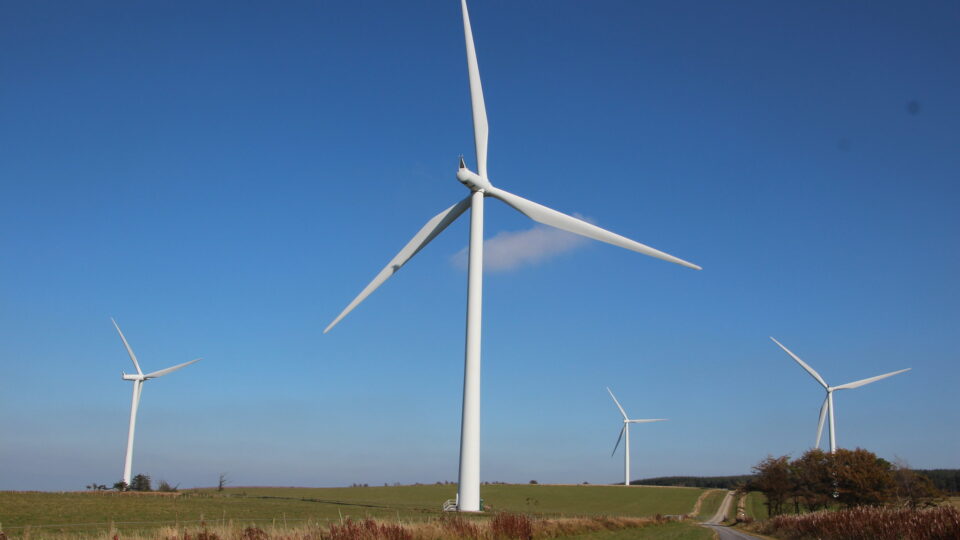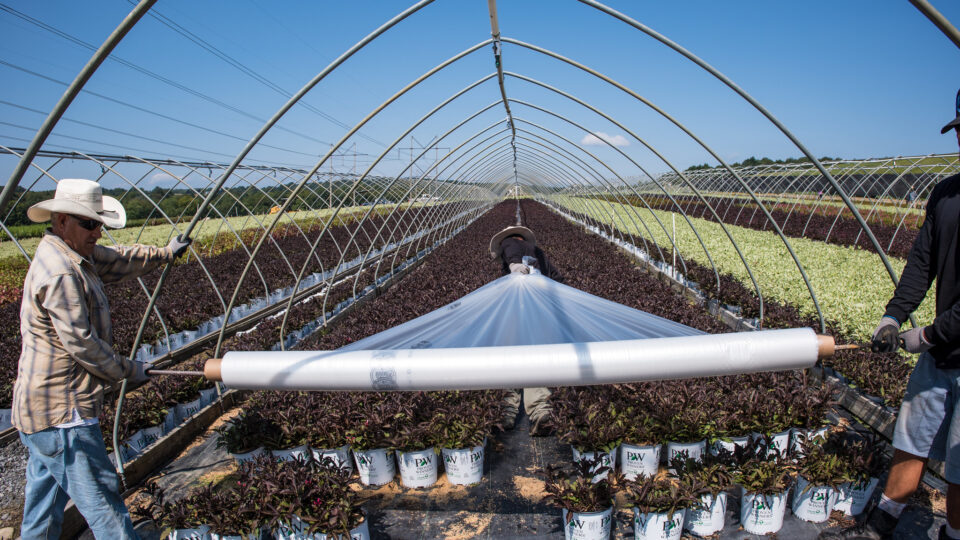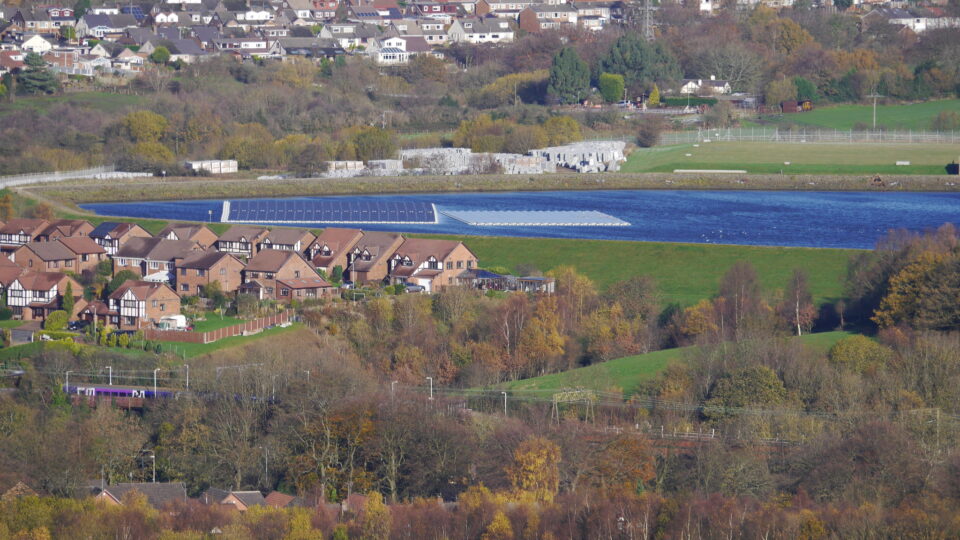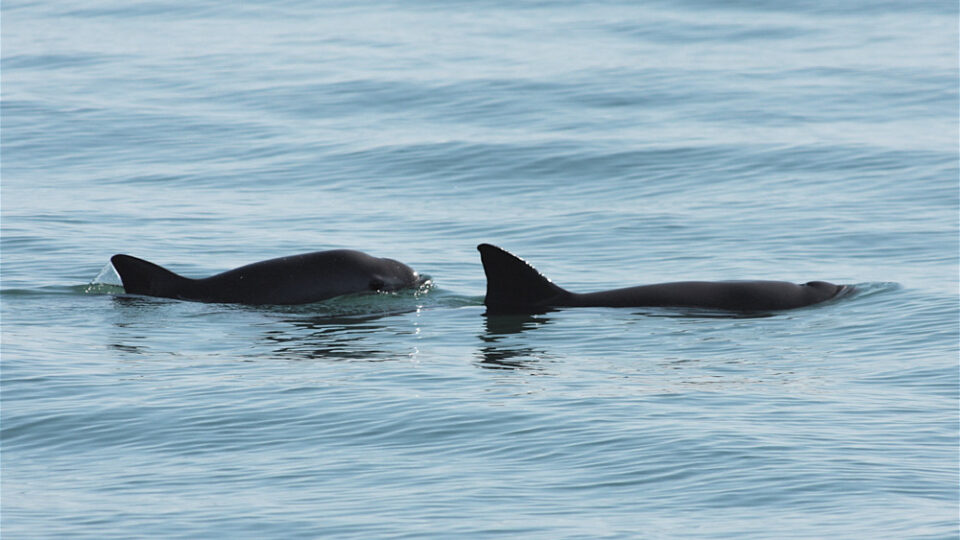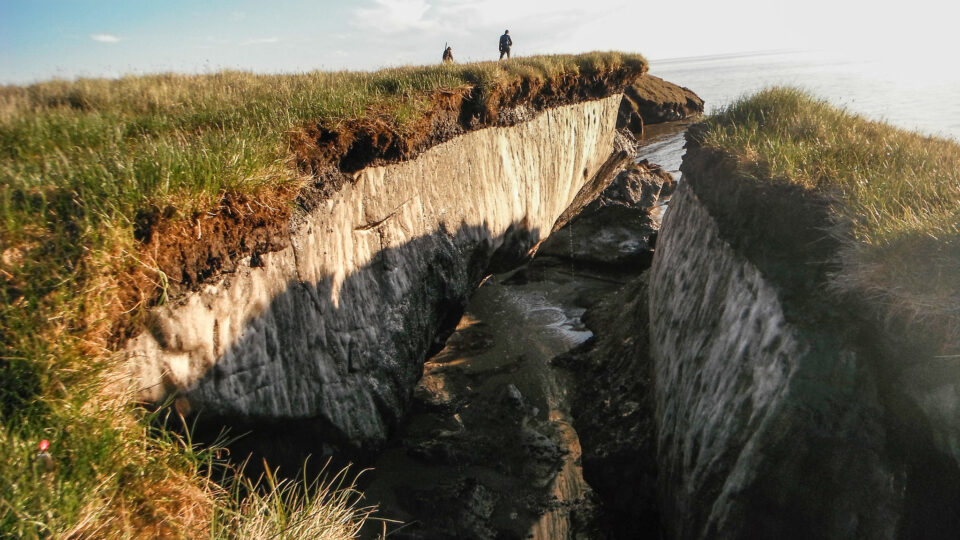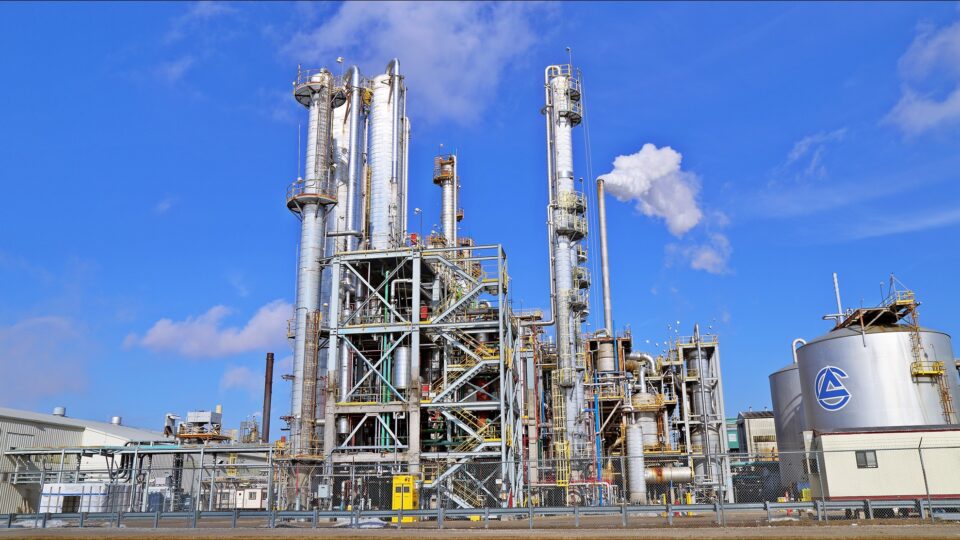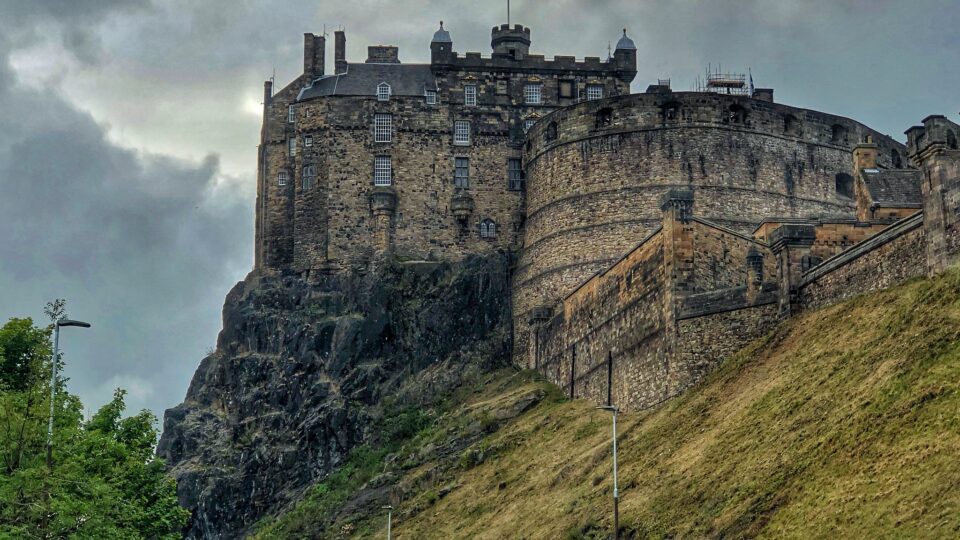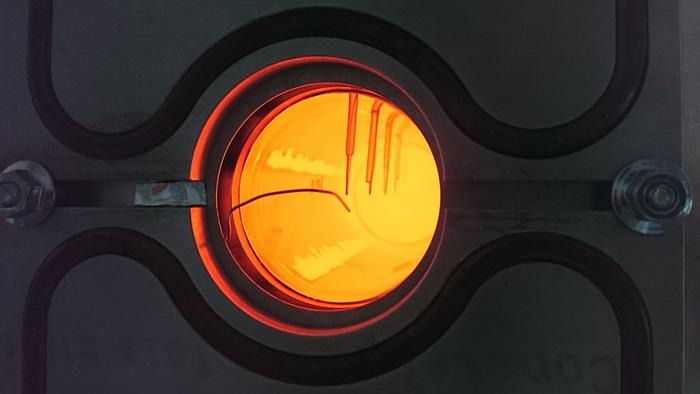According to a new study by the International Energy Agency, global clean energy investment will be nearly twice that of fossil fuels this year. The surging funding for clean energy is being driven by a combination of lower costs for renewable energy and by improving supply chains.
In 2024, the world’s investments in energy are expected to surpass $3 trillion dollars for the first time. About $2 trillion of that will be directed at green technologies that include renewable power sources, grids, and energy storage; electric vehicles; low-emission fuels; nuclear power; and heat pumps and efficiency improvements. The remaining amount of just over $1 trillion will fund oil, gas, and oil projects.
The record growth in clean energy investments is taking place in spite of challenging economic conditions related to high interest rates, which demonstrates the momentum behind the global energy transition.
The IEA report does caution that there are big imbalances and shortages in energy investment in various places around the world. For example, there is a low amount of green energy spending in developing and emerging economies outside of China. Countries like Brazil and India are leading the way for this sector by having investments in excess of $300 billion.
More money is currently going into solar power development than all other electricity generation technologies combined. In 2024, solar photovoltaic power investment is set to grow to $500 billion as the falling price of solar modules spurs new investments.
The largest renewable investments will come from China at $675 billion, followed by Europe and the U.S. at $370 billion and $315 billion, respectively.
**********
Web Links
Global Clean Energy Investment Will Nearly Double That of Fossil Fuels in 2024: IEA Report
Photo, posted October 2, 2015, courtesy of John Englart via Flickr.
Earth Wise is a production of WAMC Northeast Public Radio
